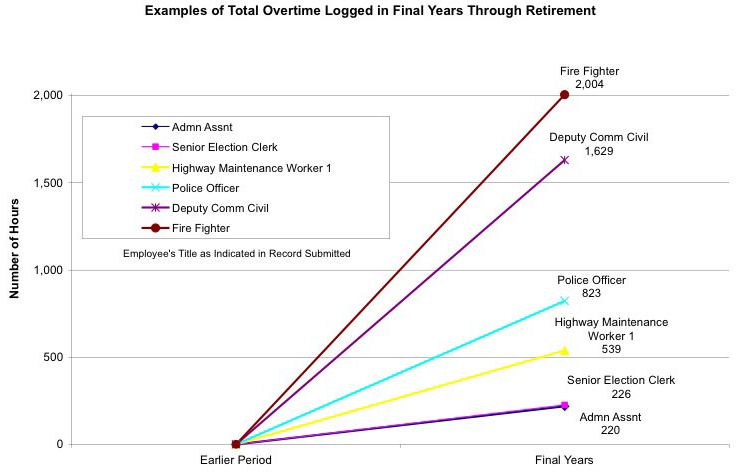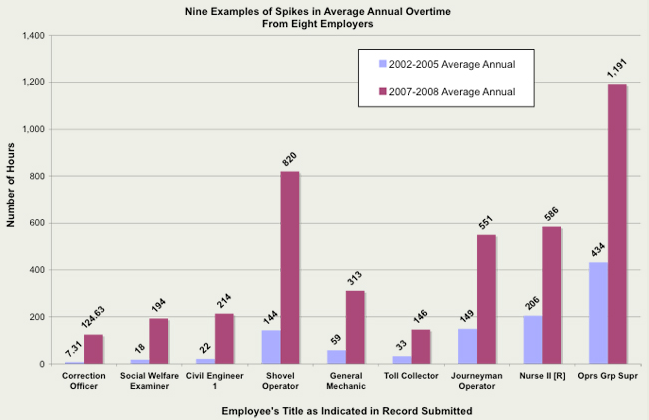In a recent smorgasbord post, I railed a bit about an upcoming increase in my monthly commutation (via the MTA), the third in as many years. As I let off some steam with a friend — who happens to be a NY Times reporter — he turned me on to one of the more eye-opening sites I’ve seen in a very long time: SeeThroughNY, which I mentioned to BR and he just introduced here. This site is a remarkable repository of data detailing exactly where New Yorkers’ tax dollars are going, right down to the individual salaries of politicians, school administrators and teachers, law enforcement personnel and scores of other civil servants and public employees. It also opens the kimono on contracts with vendors, as well as allowing for side-by-side comparisons, or “benchmarking,” of towns, villages, school districts, and counties. I’ve barely begun to scratch the surface of what the site has to offer. (Whether or not you’re a New Yorker, I’d be interested in reading about how those so inclined use the data; feel free to throw it in comments).
Let’s stipulate that there are many moving parts in the machinery that produces public policy toward civil service (and its attendant compensation). That said, NY State Attorney General Andrew Cuomo released a preliminary report in July that addresses one ongoing concern: “pension padding” (the manipulation of salary and overtime payments near retirement), which falls into two broad categories:
1. Employees start working substantial overtime only when they near retirement.
2. Employees substantially increase their overtime near retirement
This occurs due to the fact that employees’ pension benefits are pegged to their compensation in their last three years of work.
Between the Metropolitan Transit Authority and the Port Authority of NY/NJ, for example, there are 75 police officers who earned in excess of $150,000 in 2009, a few in excess of $200k. (By way of comparison, if you were a $30,000/year police recruit in 1980 and got highly unlikely 5% annual increases, you’d now be at about $130,000/year). My sole purpose in using police officers as an example is that I believe most of us would agree that the numbers I’ve cited are not what we’d generally expect to see for this profession; we all have some frame of reference for what law enforcement personnel “should” make. I might just as easily have used railroad engineers or conductors, but I suspect our collective frame of reference isn’t as clear on those occupations. So please spare me the vitriol that I’m somehow disrespecting law enforcement. I’m not. I have the utmost respect for the fact that they put their lives on the line every day. I’m merely pointing out that $150k+ is probably a bit north of what most of us believe police officers earn, or should. YMMV.
Here are two charts that highlights the issue (click through for larger):
Source: NYS Office of the Attorney General, NYPensionpadding.com
While I understand, generally, that retirement benefits are to be calculated off the last three years’ compensation, I do not understand why “padding” is allowed to occur. Why is someone who never worked an hour of overtime in a 25-year career allowed to suddenly work 1,000 overtime hours in each of his/her last three years? WTF? Where is the oversight here?
Let me be clear: I begrudge no one an honest day’s pay for an honest day’s work. And I begrudge no one a comfortable retirement. But it is indisputable that “pension padding” contributes — in some unquantifiable amount — to public entities’ ongoing budget woes and subsequent need to continue squeezing the taxpayer (i.e. MTA’s three hikes in three years). This is an issue that could — and should — be better managed and controlled.




What's been said:
Discussions found on the web: